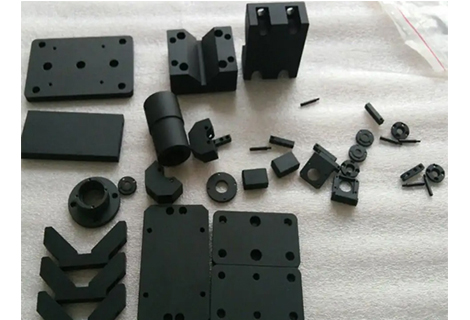In the world of engineers, the collision of creativity and technology is always fascinating. This article will explore an intriguing topic that is a must-read for engineers: the art of wire cutting and complementary processing. In this topic, we will delve deep into the combination of wire cutting technology and other processes, and how this combination can be used to create unique and exquisite works of art. Through case analysis, we will fully understand this wonderful fusion of engineering and art.
The art of wire cutting and complementary processing that engineers must read represents the perfect integration of engineering technology and artistic creation. This integration involves combining wire cutting technology with other processes to create awe-inspiring works of art. The following are case analyses showing how to integrate wire cutting technology with different processes to create unique works.
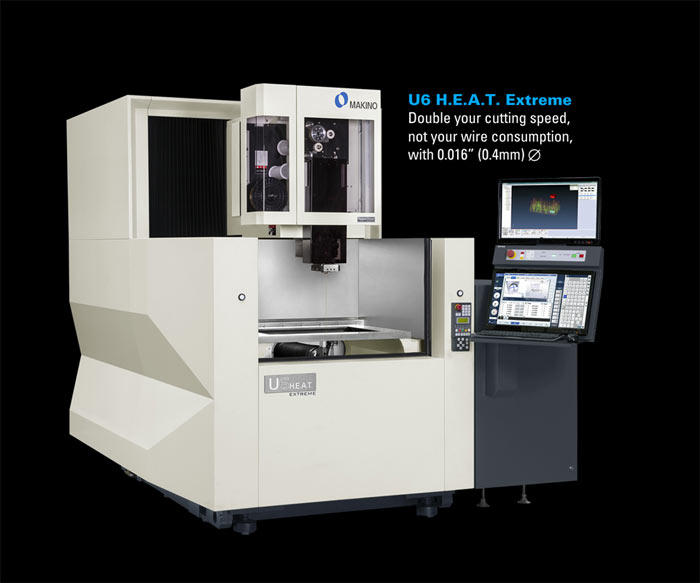
Wire cutting is a non-tooth cutting process that uses metal wire or wire with a circular cross-section for high-speed rotary cutting. The wire cutting process has the following characteristics:
☑ Slow cutting speed: The cutting speed of slow wire cutting is usually 10-40 m/min, 10-15 times lower than fast wire cutting.
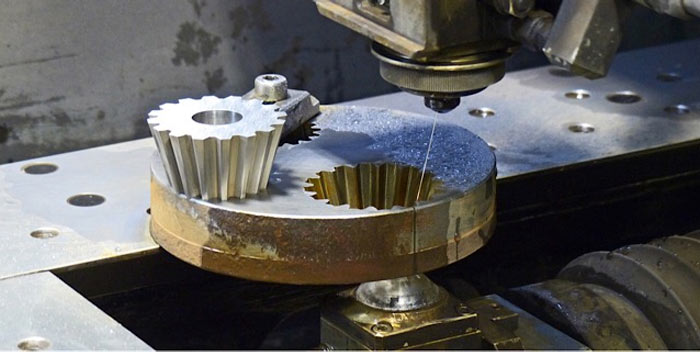
☑ Good workpiece surface quality: The slow cutting speed and multiple finishing processes make the machined surface roughness achievable to Ra 0.1μm, smoother than fast wire cutting.
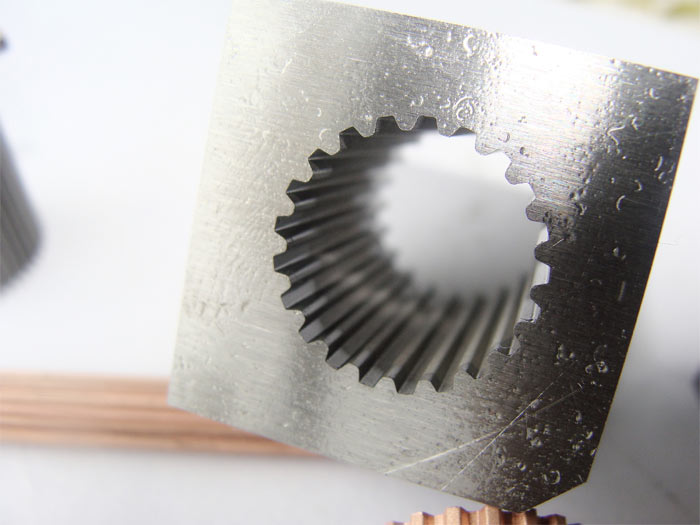
☑ High cutting accuracy: Low-speed, high-precision cutting, accurate positioning, accuracy up to 0.002mm can meet most mating requirements.
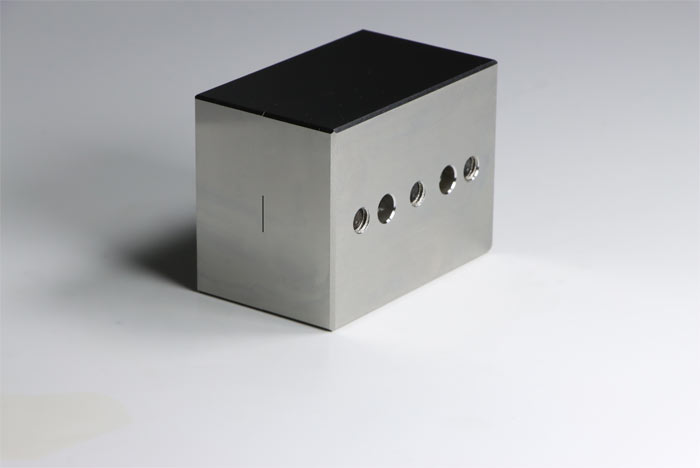
☑ Long tool life: The slow cutting speed greatly extends the life of the wire, reducing consumption.
☑ Small cutting force: The low cutting speed reduces the influence of cutting forces, more suitable for brittle materials.
☑ Processing of hard and brittle materials: Can accurately process hard and brittle materials such as ceramics and glass, with little impact on the material.
☑ Wide range of applications: Can process various metal and non-metal materials, thicknesses from a few millimeters to several dozen millimeters.
☑ Compact structure: The equipment structure is simple and compact, with a small footprint.
☑ Environmentally friendly: No thermal effects or chip generation during cutting, safe for operators.
☑ Processing complex shapes: Capable of processing concave, square and other complex shapes with high flexibility.
The main features and advantages of mirror polishing processing technology are as follows:
☑ High surface quality: Mirror polishing can achieve highly reflective surfaces with surface roughness Ra values down to 0.01μm or less.
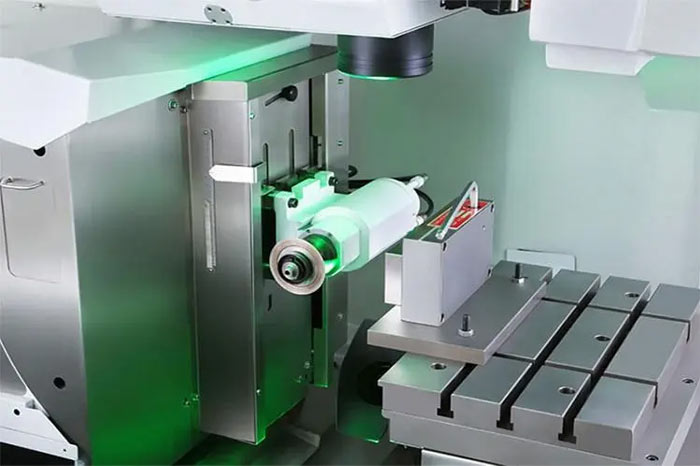
☑ High precision: The precision of mirror polishing can reach 0.5μm, meeting the processing requirements of precision parts.
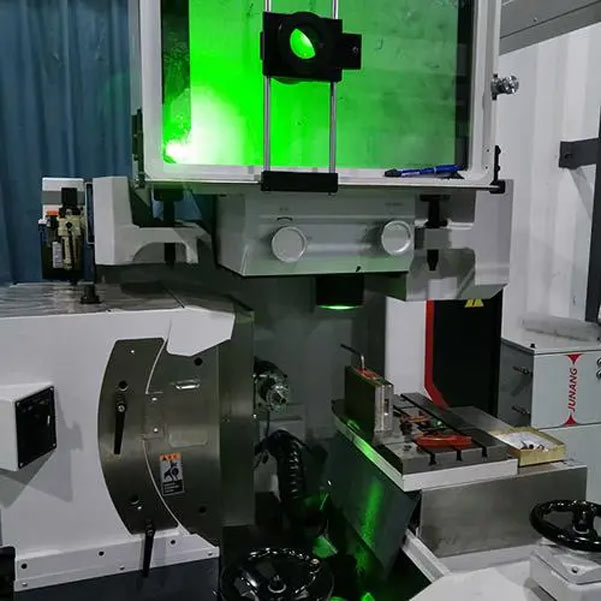
☑ High processing efficiency: Using superhard abrasives and high-speed, automated equipment, mirror polishing is highly efficient.
☑ Removing defects from previous processes: Can effectively remove scratches, burrs, heat affected layers and other defects generated in the previous process.
☑ Small plastic deformation: Mirror polishing is a cold process that does not thermally affect the workpiece.
☑ No residual stresses: Mirror polishing does not introduce new residual stresses into the workpiece.
☑ Wide range of applications: Can mirror polish various metal materials, ceramics, glass, gemstones, etc.
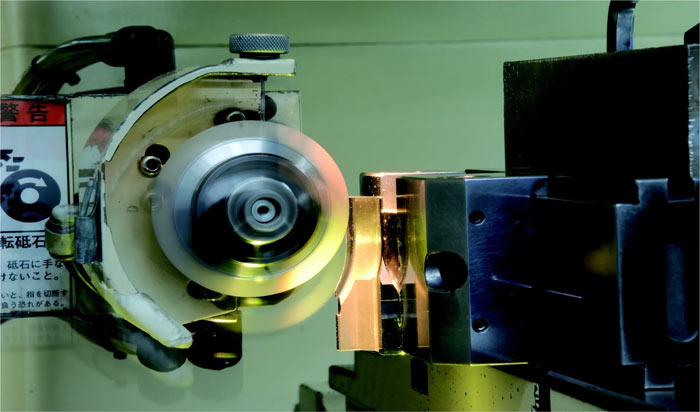
☑ High degree of automation: Modern mirror polishing equipment is highly automated, simplifying operation.
☑ Environmental friendliness: Mirror polishing generates no chips or dust pollution and is harmless to operators.
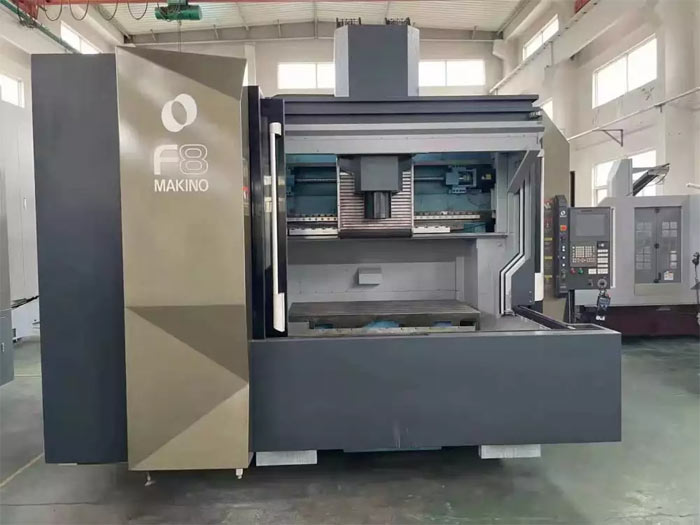
In summary, mirror polishing improves both processing quality and efficiency, and is an effective means of achieving high precision and high quality processing.
The customer designed a great object that required high-quality wire cutting and grinding to work together, and we happened to have the corresponding equipment and processes.
Through preliminary communication, the customer's product performance requirements are as follows:
☑ Use high-end stainless steel material, hardness requirement of 55HRC or more;
☑ The cavity and slider can mate precisely, and can slide using the weight of the parts themselves;
☑ After the cavity and slider surfaces are flushed, there is no obvious gap (seam);
☑ After the cavity is connected, different slider movements can be achieved by lightly pressing;
☑ To meet the customer's requirements, we made the following arrangements:
☑ Suggest the customer choose magnetic 440C stainless steel material for heat treatment and post-processing. 440C stainless steel has corrosion resistance while also being magnetic for easier processing and production;
☑ For the cavity and slider to slide using their own weight, we use the MAKINO U3 H.E.A.T slow wire cutting machine to separately process the cavity hole and slider profile, meeting the 0.002mm clearance requirement between parts. The surfaces are also smooth with some airtightness.
☑ To meet the requirement of no obvious seam after the cavity and slider are flush, we use the MAKINO G5 precision grinder to process the assembled cavity and slider, making the overall flatness 0.002mm. This makes the assembly traces invisible to the naked eye under natural light, perfectly presenting the effect.
Through our continuous experiments and adjustments, please see the overall effect in this video:
Creating works of art with engineering-essential wire cutting and complementary processes is not without challenges, yet these challenges often lead to innovative breakthroughs. Some of the challenges faced by artists and engineers include:
1. Precision and Compatibility: Ensuring seamless integration of different processes requires meticulous precision and compatibility testing. Each technology must coordinate seamlessly with the others to create a cohesive masterpiece.
2. Material Integration: Blending materials with disparate properties, like metals and glass, requires deep materials science know-how. By balancing combinations of materials, artists create works that maintain the traits of each material yet enhance the overall balanced composition.
3. Technical Expertise: Artists and engineers must cross over into each other's domains to understand and communicate effectively. This collaboration requires translating artistic concepts into engineering specifications and vice versa, necessitating open communication and a common language.
A: These are works of art created by combining wire cutting technology with other processes to produce awe-inspiring pieces that showcase the fusion of engineering technology and artistic creation.
A: Artists and engineers collaborate by leveraging each other's expertise. Engineers provide technical insights to realize artistic visions, while artists spur the creativity of engineers to push boundaries of innovation.
A: Certainly! Imagine a sculpture combining 3D printed metal components and handcrafted textiles. This work displays the harmonious blending of industrial precision and artistic craftsmanship.
A: Technology is critical in enabling the integration of diverse processes. Advanced technologies like wire cutting, electronics integration, and lighting manipulation have pushed the frontiers of artistic expression.
A: Artists overcome material integration challenges through rigorous experimentation and collaboration with engineers. By understanding the properties of each material and testing their compatibility, they create balanced compositions.
A: Exciting possibilities lie ahead, including incorporating AI and robotics into the artistic process. Such technologies may profoundly alter artist-engineer collaborations and yield more innovative works.
Works of art with engineering-essential wire cutting and complementary processes embody the mastery of engineering technology and the excellence of artistic creation. By blending diverse processes, artists and engineers jointly produce captivating works that expand the boundaries of creativity and innovation. As technology continues evolving, the world of engineering-essential wire cutting art awaits more awe-inspiring breakthroughs certain to evoke admiration and awe.
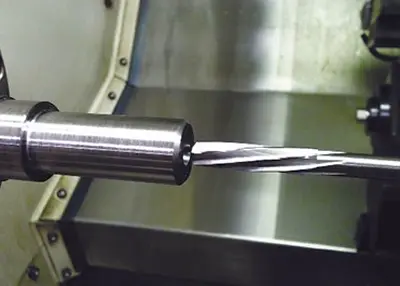 What Is Reaming & Reamer And Their DifferencesSeptember 26, 2023Reaming is an important process in CNC machining services, and its main purpose is to join parts or components so that they can rotate or oscillate relative to each other and move at a specific angle or direction.view
What Is Reaming & Reamer And Their DifferencesSeptember 26, 2023Reaming is an important process in CNC machining services, and its main purpose is to join parts or components so that they can rotate or oscillate relative to each other and move at a specific angle or direction.view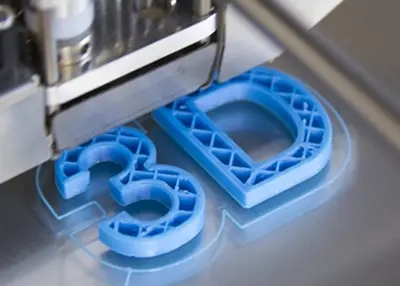 3D Printed Plastic: Prototypes: What's Next?October 10, 2023Manufacturing technologies are continually evolving, opening up new opportunities for manufacturers throughout the entire life cycle. More and more product developers are choosing to switch from one production process to another or switch between processes as needed.view
3D Printed Plastic: Prototypes: What's Next?October 10, 2023Manufacturing technologies are continually evolving, opening up new opportunities for manufacturers throughout the entire life cycle. More and more product developers are choosing to switch from one production process to another or switch between processes as needed.view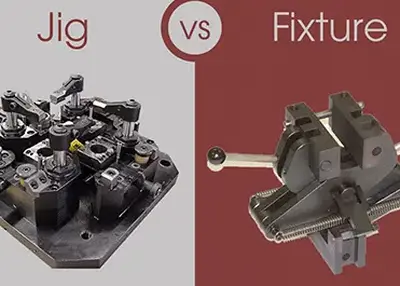 Jig vs Fixture: Understanding the Differences and Applications of Two Common Workholding DevicesDecember 1, 2023Jig vs Fixture is a common topic in manufacturing and engineering. Jigs and fixtures are two types of devices that are used to hold, support, and locate workpieces during machining or assembly processes. However, they have some differences in their design, function, and application.view
Jig vs Fixture: Understanding the Differences and Applications of Two Common Workholding DevicesDecember 1, 2023Jig vs Fixture is a common topic in manufacturing and engineering. Jigs and fixtures are two types of devices that are used to hold, support, and locate workpieces during machining or assembly processes. However, they have some differences in their design, function, and application.view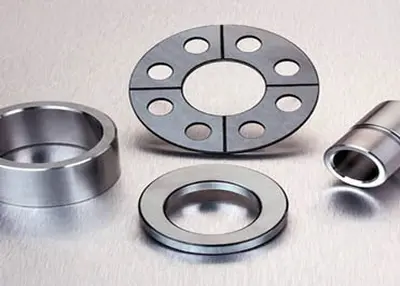 What Products Can Be Customized with a Five Axis CNC Machining Center?August 14, 2023A five-axis machining center is a highly technological, high-precision machine tool specialized in processing complex surfaces, and has a crucial influence on industries such as national aerospace, mi...view
What Products Can Be Customized with a Five Axis CNC Machining Center?August 14, 2023A five-axis machining center is a highly technological, high-precision machine tool specialized in processing complex surfaces, and has a crucial influence on industries such as national aerospace, mi...view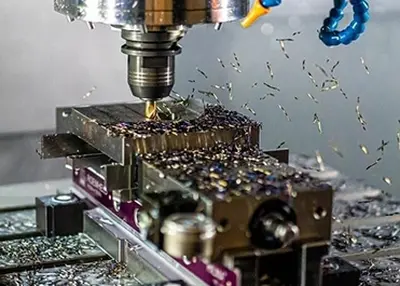 Demystifying CNC Lathe Machining – Unveiling the Precision PowerhouseNovember 3, 2023In the heart of precision manufacturing, CNC (Computer Numerical Control) lathe machining stands as a true marvel. It's a technology that has transformed the way we create parts and components across various industries.view
Demystifying CNC Lathe Machining – Unveiling the Precision PowerhouseNovember 3, 2023In the heart of precision manufacturing, CNC (Computer Numerical Control) lathe machining stands as a true marvel. It's a technology that has transformed the way we create parts and components across various industries.view Common Cheap CNC Material - An Overview of PlasticsJune 17, 2024Cheap CNC Material——ABSABS is one of the most common cheap CNC material, with good mechanical properties, excellent impact strength, high heat resistance, and good machinability.ABS has a low densit...view
Common Cheap CNC Material - An Overview of PlasticsJune 17, 2024Cheap CNC Material——ABSABS is one of the most common cheap CNC material, with good mechanical properties, excellent impact strength, high heat resistance, and good machinability.ABS has a low densit...view
 EN
EN
 ru
ru 


